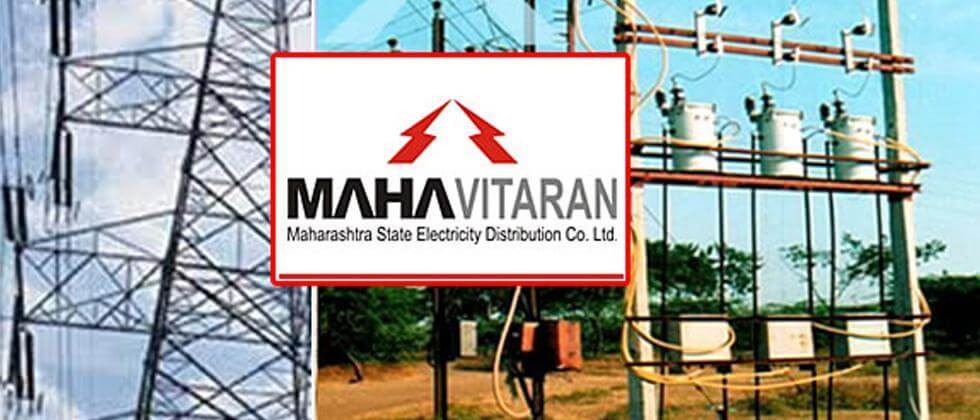The Maharashtra Electricity Regulatory Commission (MERC) held a public hearing on Tuesday to discuss the multi-year tariff petition submitted by the Maharashtra State Electricity Distribution Company Ltd (MSEDCL). The session, conducted at the District Planning Committee hall in Sadar, witnessed intense deliberations over agricultural power supply, high electricity tariffs, and the concerns of industries and renewable energy stakeholders.
For the first time, MSEDCL proposed a reduction in electricity tariffs. However, several organizations accused the company of indirectly increasing charges through revised tariff structures. The discussion focused on key issues, including power supply for agricultural activities, challenges in the solar energy sector, and the broader impact of the proposed rates on consumers and industries. While MSEDCL assured that the new structure would benefit customers, industrial representatives voiced strong concerns.
Industry and Consumer Concerns
- Ishant Goyal, Chandrapur Industries Association: Highlighted that Maharashtra’s electricity rates are significantly higher than those in neighboring states, leading industries to relocate operations to Uttar Pradesh.
- Tausif Siddiqui, Solar Energy Investor: Warned that proposed changes in the Time-of-Day (ToD) tariff structure could make solar investments unviable, discouraging industries from pursuing renewable energy options.
- R.B. Goenka, Power Consumer Advocate: Criticized the delay in agricultural power subsidies and urged MSEDCL to reduce power purchase costs instead of shifting the financial burden onto consumers.
MSEDCL’s Justification and Future Plans
Addressing the hearing via video conference, MSEDCL Managing Director Lokesh Chandra defended the proposed tariff model, stating that residential and industrial power costs would gradually decrease over the next five years.
Key initiatives include:
- Transition to Solar Power: With agriculture accounting for 30% of Maharashtra’s electricity demand, the Chief Minister’s Krushi Vahini Yojana aims to shift this entire load to solar energy by September 2026. The initiative plans to generate 16,000 MW of green power, potentially reducing industrial tariffs.
- New Power Distribution Entity: A separate company will be established to cater specifically to agricultural consumers, ensuring targeted solutions for their electricity needs.
However, industry representatives raised concerns over the implications of these changes. Girdhari Mantri, an office-bearer of various consumer associations, pointed out that residential, industrial, and commercial consumers who have already installed solar panels may not benefit under the new policy. Furthermore, potential rooftop solar adopters could be discouraged if the revised ToD tariff structure is implemented.
Uncertainty Over Power Reforms
With 232 suggestions submitted and strong opposition from various stakeholders, Maharashtra’s power sector stands at a critical juncture. While MSEDCL maintains that its policies will ensure long-term affordability, industrial and renewable energy stakeholders fear that the new tariff model may deter investment and weaken competitiveness. As legal challenges and protests loom, the debate over Maharashtra’s electricity pricing is far from settled.
👉 Click here to read the latest Gujarat news on TheLiveAhmedabad.com





